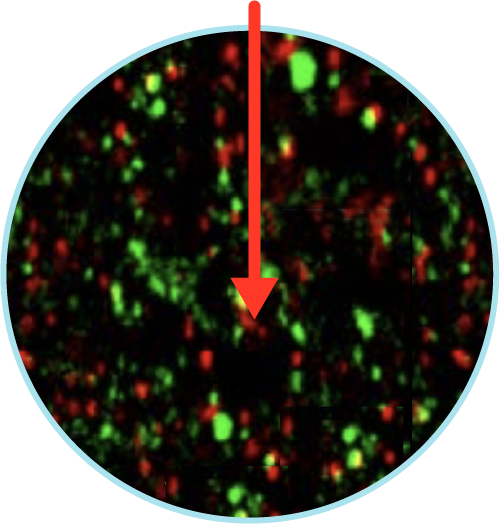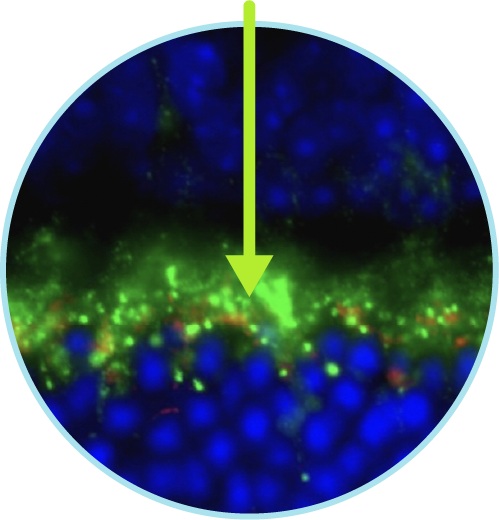Scientific Co-Founder Dr. Ben Barres
STOP COMPLEMENT-MEDIATED
DISEASES AT THE START
C1q is the initiating molecule of the classical complement pathway that activates a powerful inflammatory cascade. Our upstream complement approach targeting C1q acts as an “on/off switch” designed to block all downstream components of the classical complement pathway that lead to excess inflammation, tissue damage and patient disability in a host of complement-mediated autoimmune, neurodegenerative and ophthalmic diseases.
C1q INHIBITION STOPS CLASSICAL
COMPLEMENT ACTIVITY AT THE START
Prevents downstream activation of all tissue-damaging components

C1q IS A KEY DRIVER OF COMPLEMENT-MEDIATED DISEASE
C1q directly binds to and accumulates on tissues in complement-mediated diseases. It anchors complement activation on the tissue surface and drives disease processes. Inhibiting C1q at the start of the classical pathway stops downstream inflammation and tissue damage.
Guillain-Barre syndrome C1q

C1q Targeting the
Neuromuscular Junction
HUNTINGTON’S Disease C1q

C1q Targeting
Striatal Synapses
GEOGRAPHIC ATROPHY C1q

C1q Targeting
Photoreceptor Synapses
Broad platform potential
across three therapeutic franchises
Aberrant activation of C1q can lead to damage of healthy tissue and destruction of functioning synapses in multiple antibody-mediated autoimmune and complement-mediated neurodegenerative disorders. Our platform holds tremendous promise across a broad range of diseases in three therapeutic franchises:

Autoimmune
In antibody-mediated autoimmune disease, aberrant activation of C1q on cells and tissues can lead to damaging inflammatory responses.

Neurodegeneration
In complement-mediated neurodegeneration, aberrant activation of C1q at synapses in aging and disease can lead to excessive synapse loss and neuronal damage.

Ophthalmology
Aberrant activation of C1q in the eye can lead to the loss of photoreceptor neurons and drive disease progression.